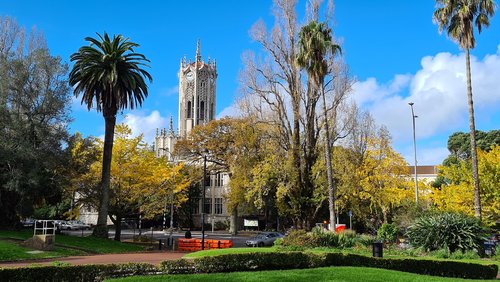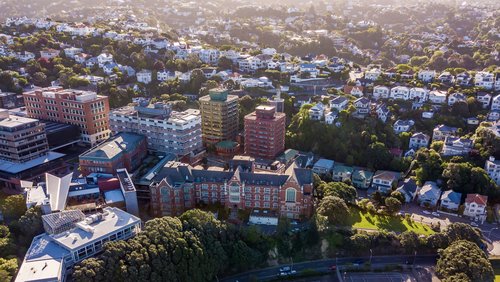25 Jul 2018
When you look at occupational regulation regimes for engineers around the world, you see a wide range of models.
From open, largely voluntary professional recognition regimes like the United Kingdom’s to much more regulated systems like Canada’s, where the title “Engineer” is protected under law. Even so, there are common threads and principles that can help inform occupational licensing arrangements for engineers in New Zealand.
REGULATION IN THE UK
Engineering in the UK is not licensed nor regulated in a general sense. Professional recognition, through Chartered Engineer (CEng) status, is managed by the professional engineering institutions (PEI) themselves (under licensing agreements with the Engineering Council), without any enabling legislation like the CPEng Act in NZ.
Beyond this, there are a limited number of restrictions on practice in some safety-critical areas, such as dam engineering, aircraft maintenance and railway signalling, where specialist registers exist. These are typically administered by the relevant PEI. The Grenfell Tower fire enquiry seems to triggering calls for these “licensing” arrangements to be extended into other safety-critical engineering work.
REGULATION IN THE US
All 50 states currently require engineers to hold a Professional Engineer (PE) licence to practice engineering within their geographic bounds. However, a broad range of exemptions mean that up to 80% of practising engineers are exempt from licensure on the basis that they are:
- Working state or federal government,
- Working for public utilities companies
- Employed in the defense, space or aerospace industries
- Working in-house and not offering engineering services directly to the public.
Some states recognise structural engineers separately from professional engineers and impose additional licensing requirements. Because each state has its own licensing board, there is a large variation in the requirements to obtain an SE licence, although this typically involves writing a specific structural engineering examination. The nature of work restricted to SE license holders also varies, but often relates to hazardous or essential facilities, irregular structures or buildings over a certain floor size, height or level of occupancy.
REGULATION IN AUSTRALIA
In Australia, licensing currently exists at State level only in Queensland, but this model appears likely to be adopted by other states. As in the UK, Chartered status (called Chartered Professional Engineer) is administered at a professional-body level, by Engineers Australia, without enabling legislation.
However, a recent review of the effectiveness of compliance and enforcement systems for the building and construction sector in Australia has highlighted shortcomings with the current model, including the limited level of assurance of engineering professionals to undertake certain categories of safety-critical work. The report says, “in many [States,] the scope of work that can be performed by some categories of registered practitioner is not limited to the type of design or construction work they have the capability to perform. This results in registered practitioners taking on building work for which they are not fully competent.”
The report recommends the adoption of categories of registration aligned with certain engineering disciplines including structural and geotechnical.




